Shingles: cardiovascular risk
All content is checked by medical journalists.MunichShingles does not only plague patients with a painful rash. Years after the illness, the likelihood of a stroke or heart attack is increased. The advice of British researchers: Anyone who has ever had shingles should keep a close eye on possible risk factors.
Independent risk factor
As a basis for their study, Judith Breuer and her colleagues at University College in London compared the data from 106,000 former shingles patients with 213,000 people who had not suffered from the viral disease. The figures came from a British patient database, some of which made it possible to follow up on health status for up to 24 years after the outbreak of shingles.
In order to see how strongly the shingles explicitly affected the long-term health of the patients, the researchers adjusted the information to include other known risk factors for the cardiovascular system, such as a body mass index over 30, smoking, high cholesterol levels or diabetes . The result was unequivocal: among those under 40, the likelihood of having a stroke was 74 percent higher if the person had ever had shingles. "Shingles is an independent risk factor for vascular diseases, especially for strokes, cerebral haemorrhages and heart attacks," the researchers say.
Danger zone under 40
Between the ages of 18 and 40, it was not only the risk of stroke that was particularly high for this group compared to non-shingles patients. The likelihood of a heart attack also increased by 50 percent. They also had an ischemic incident (TIA) 2.4 times as often - a cerebral blood flow disorder that results in neurological failures. For people over 40, the numbers weren't quite as drastic. The likelihood of a TIA was 15 percent higher, and a heart attack was 10 percent more likely. “In older people, vascular risk factors are observed more closely and countermeasures are taken in good time,” the scientists explain the age-related difference.
Anyone who has had shingles should therefore avoid risk factors such as smoking and lack of exercise at a young age and have laboratory values such as blood lipids and blood sugar checked regularly.
Chickenpox turns into shingles
Shingles is caused by the varicella zoster virus, which is one of the herpes viruses. However, if you are infected with the pathogen for the first time, you will not get shingles, but chickenpox. After that, the virus remains in the body for life. Usually the immune system can keep the germ in check so well that those affected do not get sick again. However, around a quarter of the virus carriers have a new outbreak - this time in the form of shingles. Typically, this results in a rash with redness and blisters, especially on the back or chest. In many cases, shingles causes very severe pain because the nerve tracts become inflamed. (lh)
Source: J. Breuer et al. Herpes zoster as a risk factor for stroke and TIA: A retrospective cohort study in the UK. Neurology, 2014; DOI: 10.1212 / WNL.0000000000000038
Tags: sex partnership womenshealth baby toddler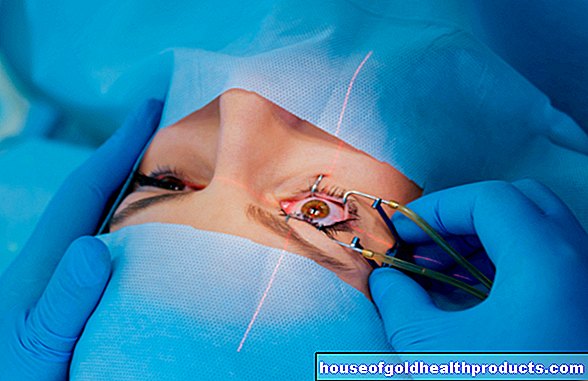
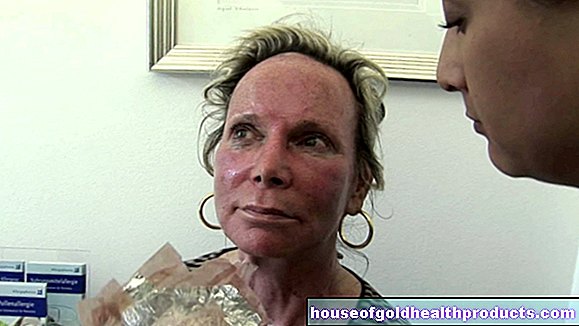


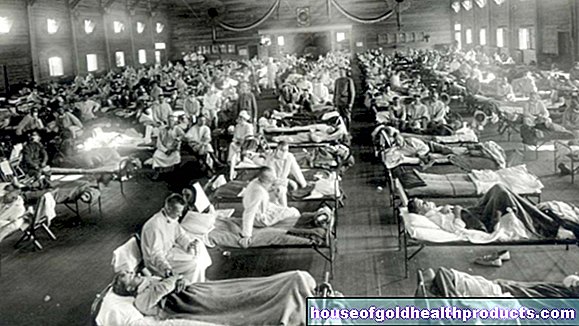




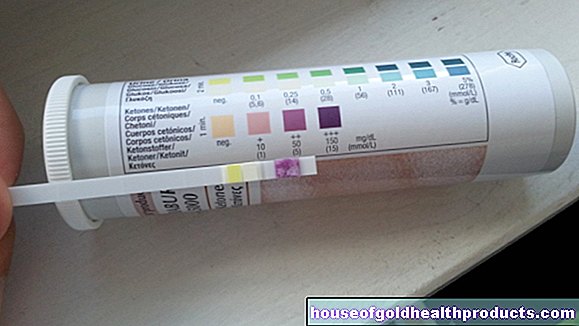






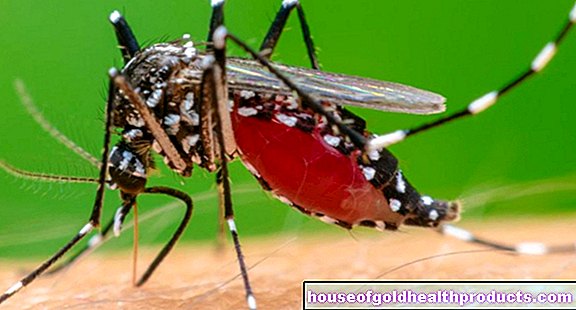

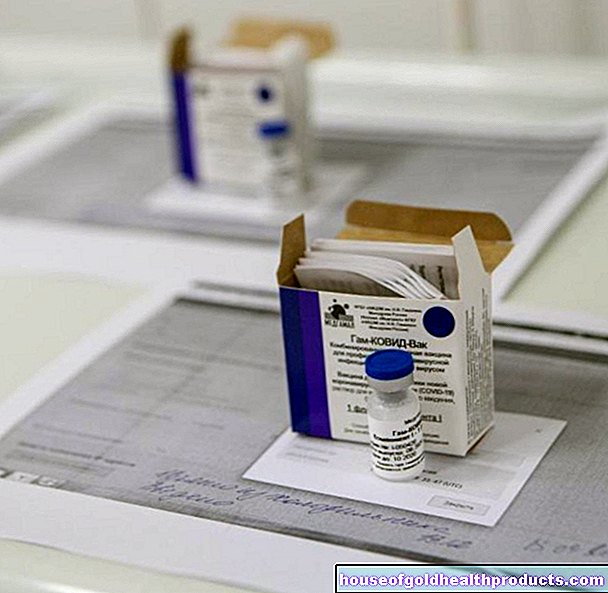
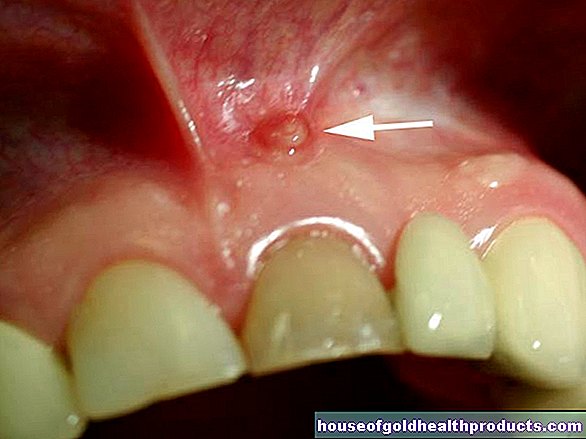

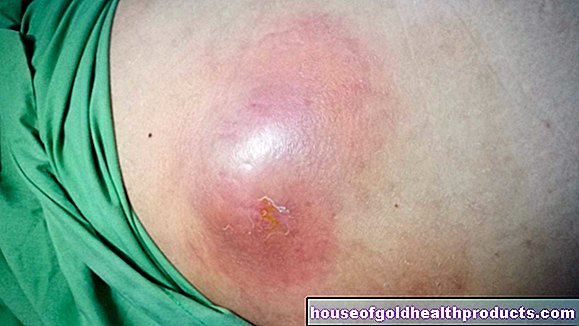






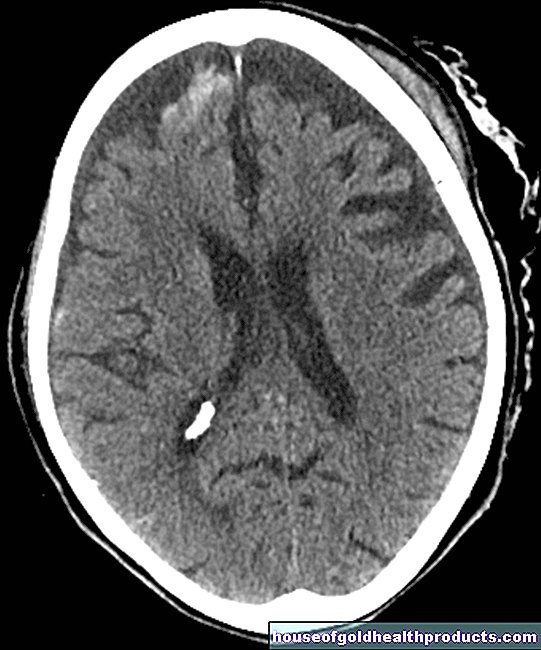

.jpg)